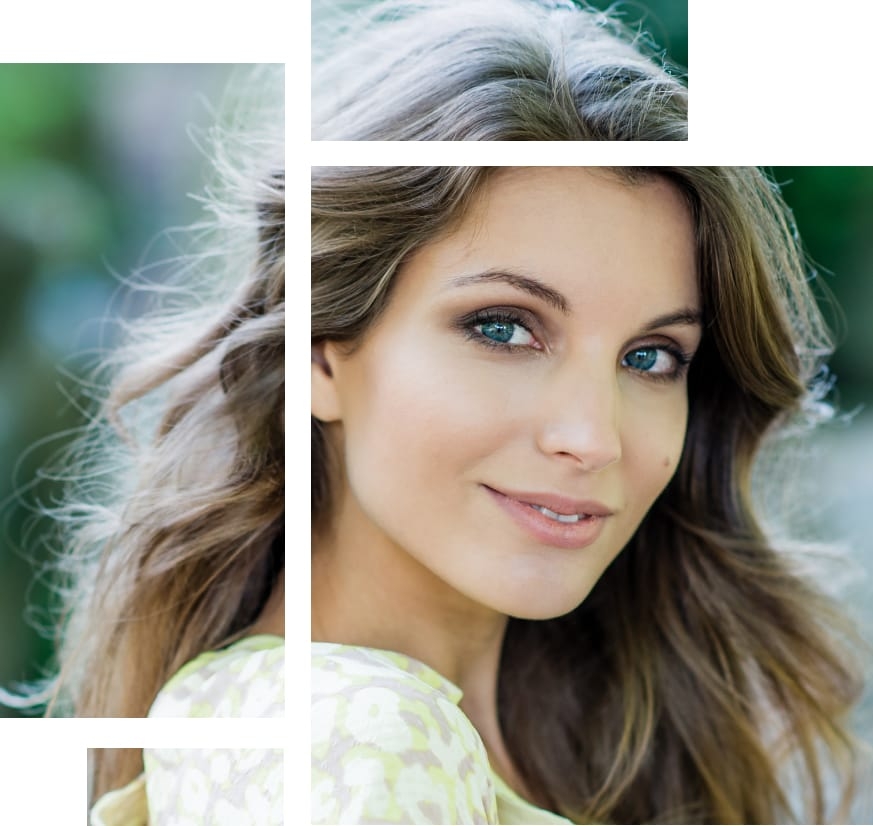What Are the Two Types of Laser Skin Resurfacing?
Radiant, smooth, and flawless-looking skin is one of the keys to a youthful and vibrant appearance. The fine lines, scars, and discoloration that come with age can detract from your overall appearance and can instantly add years to any face. There are many different options available to help treat these unfortunate side effects of age, with one of the best being laser skin resurfacing.
Laser skin resurfacing works by using laser light to target the superficial and deep layers of the skin therefore improving the appearance of fine lines, wrinkles, scars, enlarged pores, and areas of discoloration. The treatment also helps erase the effects of age by simultaneously promoting collagen growth to tighten the skin. There are two general types of lasers used for laser skin resurfacing: non-ablative and ablative. Non-ablative lasers leave the surface of the skin intact and are mildly aggressive, with minimal healing time, and can be performed in an office setting.Ablative lasers are more aggressive, causing disruption of the skin surface with more profound results and healing times.
 There are generally two types of laser resurfacing, the Erbium: Yag Laser and the Sciton Erbium: Yag laser. The Erbium: Yag laser is the most commonly used ablative laser, and has the ability to precisely remove layers of skin while adding a component that causes significant skin tightening without the problems of older CO2 lasers that caused prolonged healing times, months of redness, and loss of pigmentation that was often seen as mottling of the skin, or visible lines of pigment demarcation.
There are generally two types of laser resurfacing, the Erbium: Yag Laser and the Sciton Erbium: Yag laser. The Erbium: Yag laser is the most commonly used ablative laser, and has the ability to precisely remove layers of skin while adding a component that causes significant skin tightening without the problems of older CO2 lasers that caused prolonged healing times, months of redness, and loss of pigmentation that was often seen as mottling of the skin, or visible lines of pigment demarcation.
The Sciton Erbium: Yaglaser is used in the operating room under anesthesia as it treats the deepest layers of skin, and can achieve extraordinary results in appropriate patients when used alone or in combination with procedures such as a face lift. This laser can be used in darker skinned patients and produces outstanding results for acne scarring, fine or deeper skin winkles, enlarged pores, and irregular skin pigmentation. Healing afterwards is generally uneventful, consisting of what looks like a deep sunburn that is treated with topical lubricants for seven to ten days, at which time the skin is healed. Skin pinkness can persist for weeks, and is minimized by topical steroid creams.
A thorough consultation with Dr. Shapiro is necessary to decide what laser skin resurfacing treatment plan is most suited to address your needs as well as the recovery and cost associated with the procedure.


